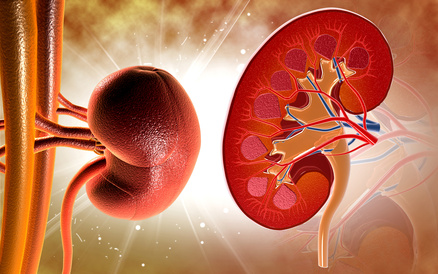The clinical efficacy of renal endothelial sympathetic denervation using both radiofrequency and ultrasound endoscopy in the treatment of hypertension has already been proven. This is the first work comparing different techniques and technologies used to this end, which warranted its publication in Circulation.

The study included 120 patients with mean daytime blood pressure 153/86 ± 12/13 mmHg.
At 3 months, systolic daytime blood pressure fell by 9.5 ± 12.3 mmHg in the whole cohort.
Read also: TCT 2018 | NEOPRO: A Registry for Acurate neo and Evolut PRO.
The drop in blood pressure was more significant in the ultrasound-guided group.
In patients with resistant hypertension, renal denervation using endovascular ultrasound proved to be superior to radiofrequency ablation, while the combined denervation of side branches and accessories resulted in no significant difference as regards outcomes compared with radiofrequency of the main renal arteries only.
Original title: A Three-Arm Randomized Trial of Different Renal Denervation Devices and Techniques in Patients with Resistant Hypertension: (RADIOSOUND-HTN).
Presenter: Philipp Lurz.
Subscribe to our weekly newsletter
Get the latest scientific articles on interventional cardiology
We are interested in your opinion. Please, leave your comments, thoughts, questions, etc., below. They will be most welcome.




